AN OLD PICTURE AND HISTORY OF CARMONA CAVITE PHILIPPINES.
ABOUT CARMONA CAVITE PHILIPPNES HISTORY.
carmona is one of the big and wide province here in the Philippines.
"Magandang Lugar Ang carmona Cavite, it's not like Manila that now is a big city. Very civilized place also now our people who live there is like an other country they look like very liberated."
I want to tell you about a history of carmona Cavite province of the Philippines. That where I start studying elementary until high school. And my family living here.
History
In the late 16th century, a Spanish colonial resettlement program was implemented across wide areas of what came to be known as the province of Cavite. The program was designed to integrate the Filipinos into the religious and political institutions of the Spaniards. Silang was first established as a mission town in 1595. Together with the other mission towns in the province, Silang became one of the centers of religious and economic activities in the first centuries of Spanish colonial rule.
Carmona used to be a barrio of the Mission Town of Silang. It was locally known as “Latag”, a tagalog word for “plain” due to the numerous hills and plains in the area. At that time, Barrio Latag was just a small farming community with a very small population. As the population in Barrio Latag rapidly increased, religious and political separation from the town of Silang was later sought from Spain. Barrio Latag eventually became an independent municipality on February 20, 1857 by virtue of the Royal Decree issued by the King of Spain through Governor General Fernando de Norzagaray.
The name Carmona was adopted as a sign of gratitude to the Spanish officials who influenced the Central Government at the time of separation of the barrio. With boundaries properly delineated and a church established, Carmona started its own religious and political administration.The people of Carmona have actively participated in the revolution against the Spaniards. It was also witnessed the Filipinos’ resistance against the Japanese forces. During the Japanese occupation, some of Carmona’s prominent houses were used as Japanese headquarters while the hills became the stronghold of Filipino revolutionaries.
After the war, Carmona started to find its path towards economic and political stabilization. During this period, the provision of a stable means of livelihood for all the people became top priority. Since Carmona was basically agricultural, the communal agricultural lands were offered to the farmers for cultivation through lottery. This practice, held every three years, was locally known as “SORTEO” . Since then, “sorteo” has been embedded into the municipality’s traditional procedures on land ownership. To this day, farm lots are being raffled off to interested farmers, lucky winners are awarded the right to till and develop a certain section of the communal lands. The traditional practice of “Sorteo” defuses agrarian unrest and decreases tensions on land conflicts.
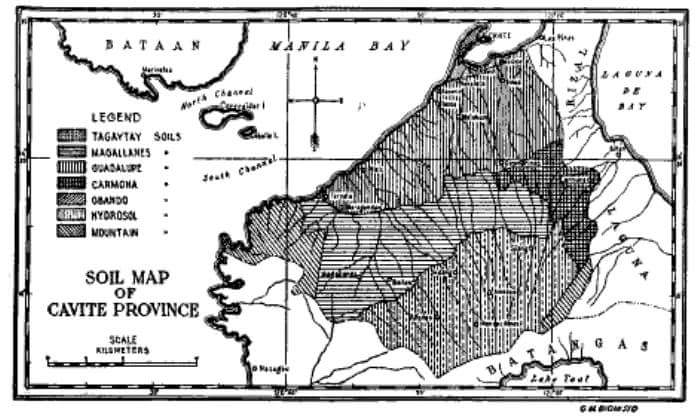
As you look of it. Before is a very simple and pleasant place that every one like this kind of life in everyday awake.
Take a look for the latest picture there many decades pass. But they are still simple even the house is renovated.
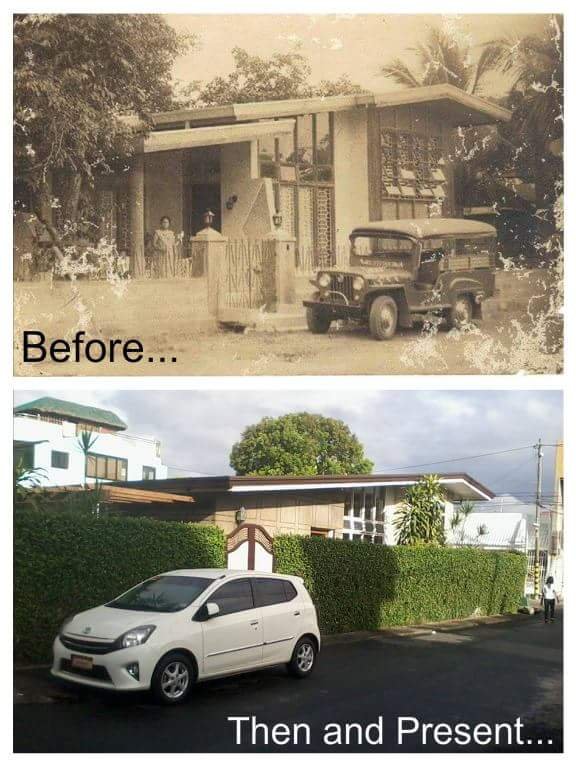
This is also the before and after pictures of iglesia ni cristo.
At from the start iglesia ni Cristo is Rich of expenses when they talking about this Christian home.
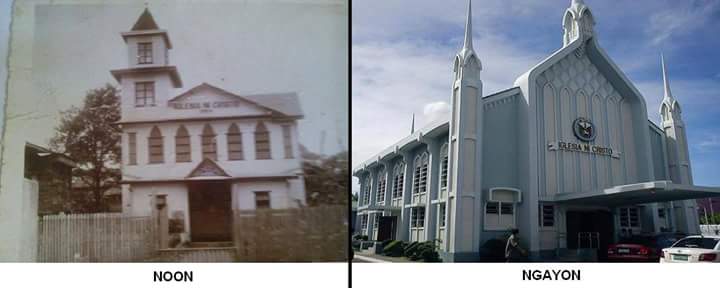
April 1973 PNR (PHILIPPINES NATIONAL REALWAYS) they give a travel easily. Carmona to Manila area.
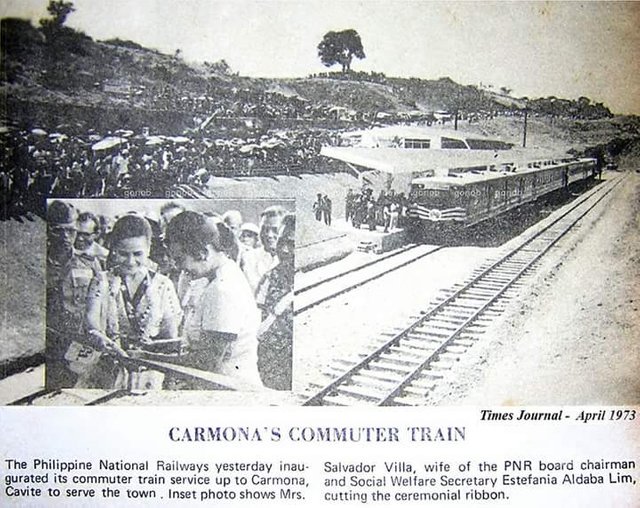
The old municipal hall of carmona
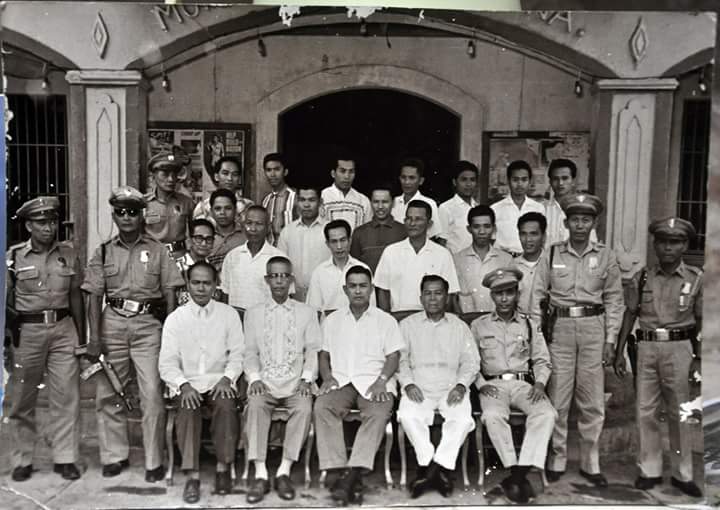
The people power Carmona version, taken during the march of rejection of the so-called sanitary landfill in paligawang matanda,
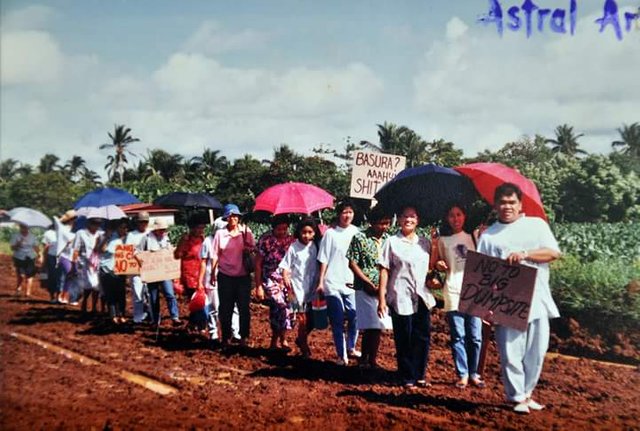
This is a Carmona national high school event. Very simple.
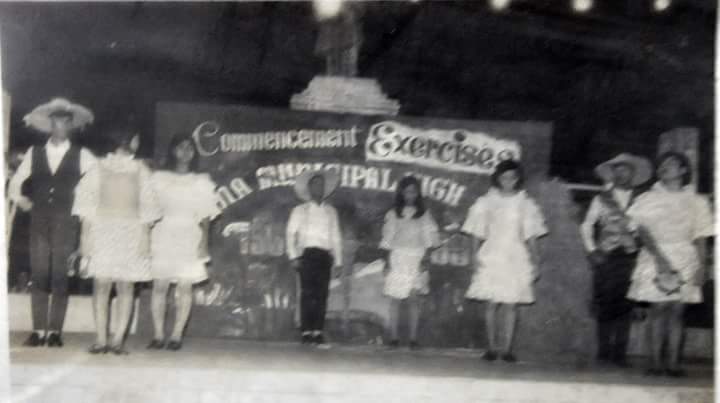
The year is 1979, march 17 two days before our town fiesta , this helecopter piloted by col dodi costodio of cavite city together with our first born known to be col. Francisco Siño touched the ground of central elementary school after a flight dropping leaflets regarding our celebration of our town fiesta in honor of our saint, st. Joseph.
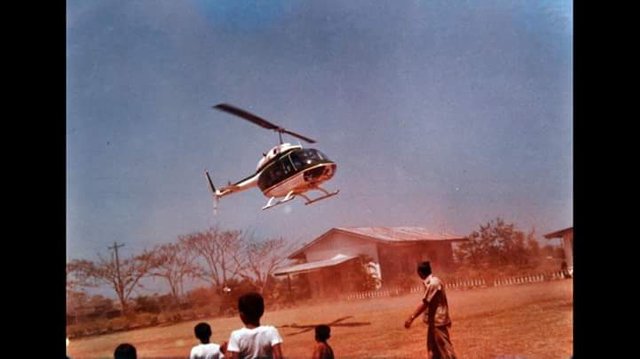
This is the life of province. They use animals to vendor there sailing.
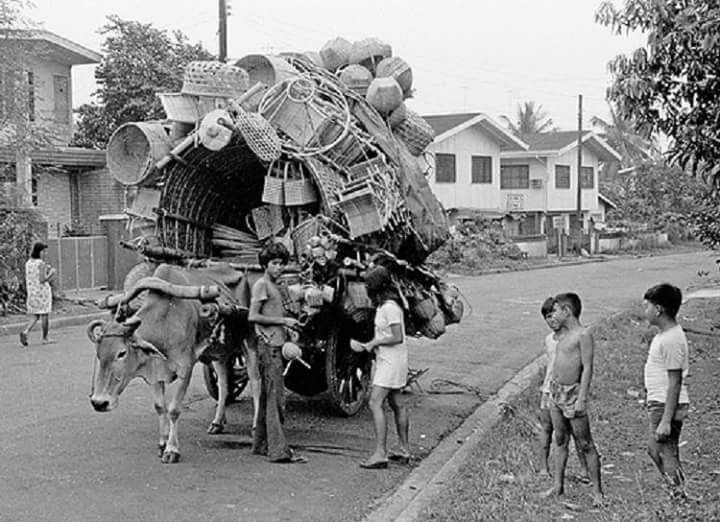
This is the famous bridge of Cavite. LANTIC bridge

A simple quite of St. Joseph
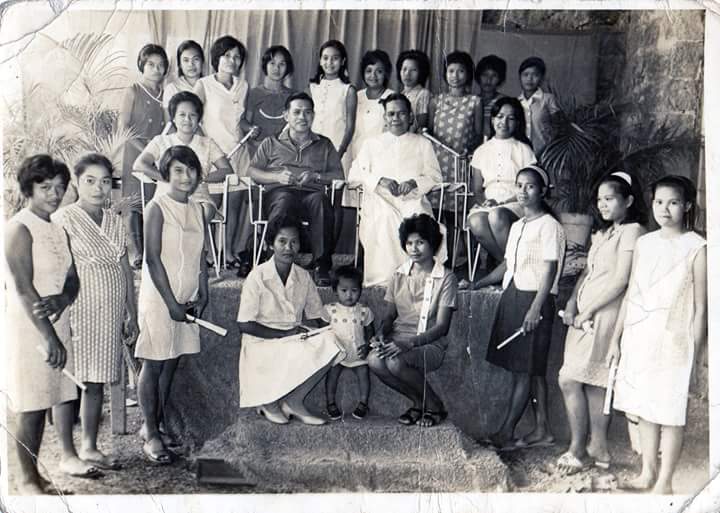
The life and then the only business of cavitenians. They use animals to there business.
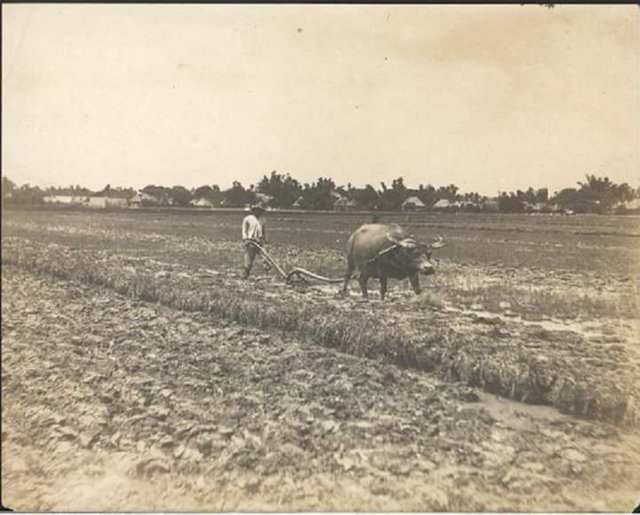
The before and after beauty of pilipinos nothing will change. Old face and new face is still the same we are beautiful inside and out with the heart.
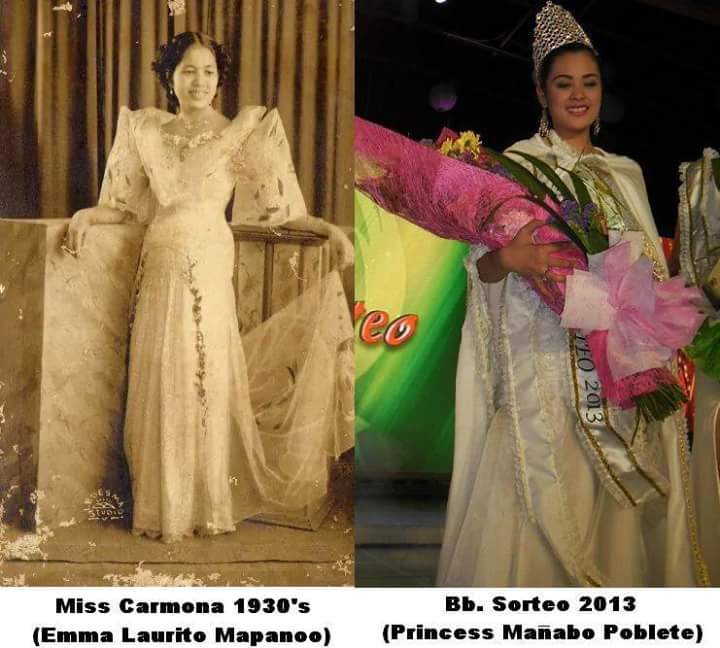
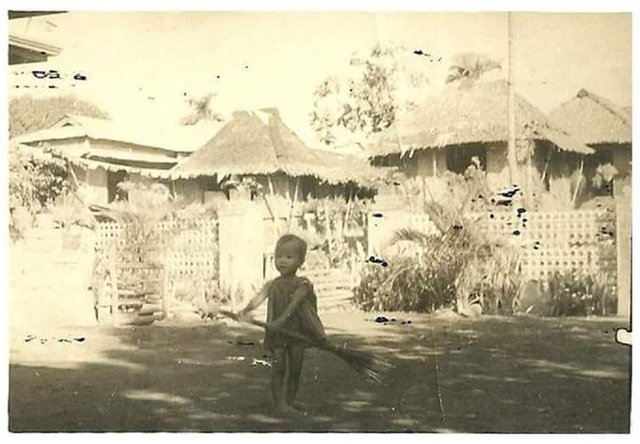
Thank you.
Please upvoted me. @roligen
Very nice article you have there! But do not forget to cite your sources and credit your images when necessary